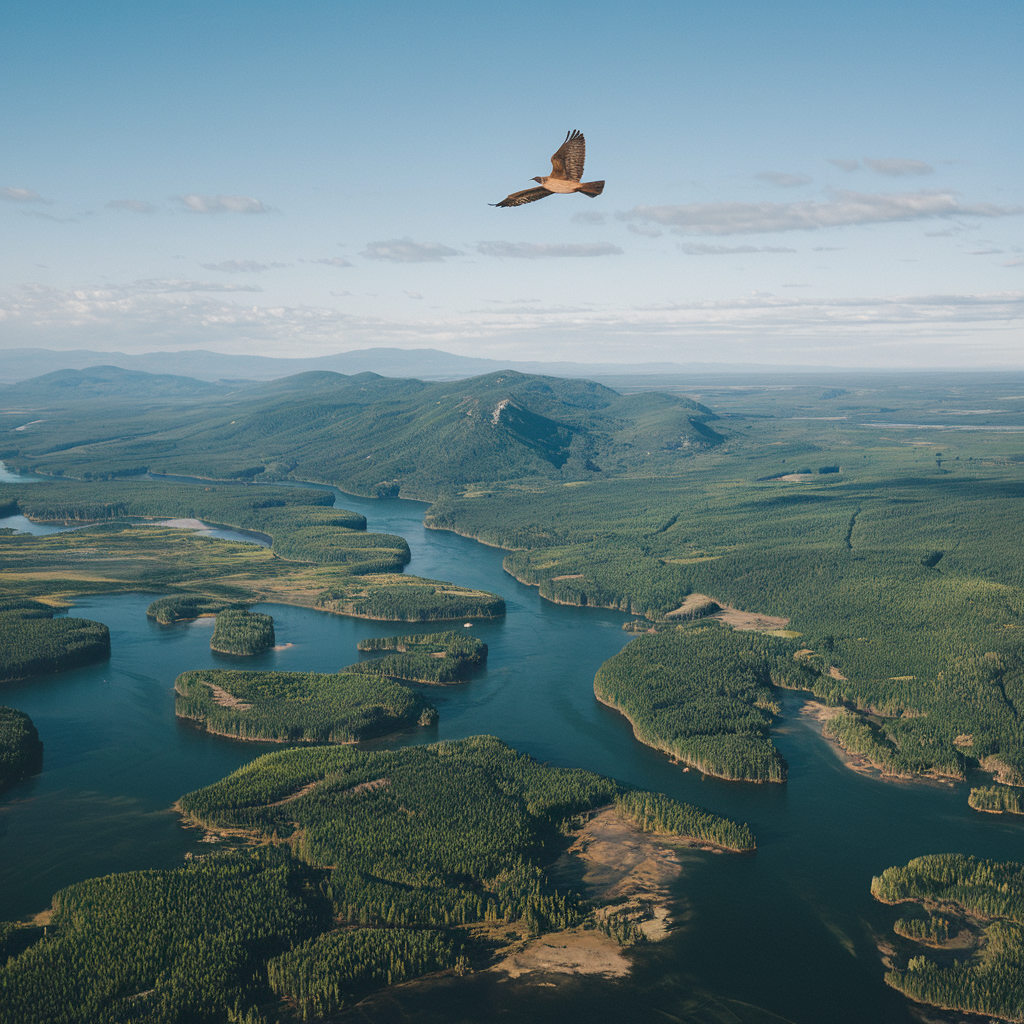The Marvel of Long-Distance Flight
When we think of long-distance travel, our minds often drift to high-speed jets or luxurious ocean liners. However, in the natural world, there exists a phenomenon just as astonishing: the long-distance flight of certain insects. Among these, flies Over Miles, particularly those of the family Muscidae, offer a remarkable case study.
The World of Flies: An Overview
Flies, Over Miles belonging to the order Diptera, are among the most diverse and adaptable insects on Earth. The term “fly” encompasses a wide range of species, from the common housefly (Musca domestica) to the more exotic horsefly (Tabanus spp.). Despite their differences, many flies exhibit extraordinary resilience and adaptability, traits that come into play when they undertake long-distance flights.
Biological Mechanisms of Flight
Understanding how flies Over Miles manage to travel impressive distances requires a look into their biological systems:
Wing Structure and Function
Flies Over Miles possess a pair of functional wings, unlike other insects that typically have two pairs. Their wings are equipped with a unique arrangement of muscles and tendons that enable rapid, agile movements. The wing structure of a fly allows for high-frequency wing beats, providing both lift and thrust. This aerodynamic efficiency is crucial for long-distance flights, especially in adverse weather conditions.
Muscle Power and Energy Efficiency
The flight muscles of flies are adapted for endurance and speed. They use a combination of direct and indirect flight muscles to achieve precise control over wing movement. These muscles can sustain high activity levels for extended periods, allowing flies to cover significant distances. Additionally, flies have an efficient metabolic system that converts stored energy into the power needed for prolonged flights.
Navigation and Orientation
Flies use a variety of cues to navigate during their flights. These include visual landmarks, environmental odors, and even the Earth’s magnetic field. The compound eyes of flies provide a broad field of view, aiding in navigation. Some studies suggest that flies can even recognize specific patterns or landmarks, which helps them orient themselves during migration or dispersal flights.
Long-Distance Flight in Different Fly Species
The Housefly: An Urban Traveler
Houseflies (Musca domestica) are often seen as a nuisance, but their ability to travel long distances is quite impressive. Studies have shown that houseflies can fly up to 5 miles from their breeding sites in search of food and suitable habitats. Their small size and high reproductive rate contribute to their widespread presence in urban areas, where they can cover large distances in search of resources.
Horseflies: Rural Roamers
Horseflies (Tabanus spp.) are known for their painful bites and aggressive behavior. Despite their size, horseflies are capable of flying up to 15 miles from their breeding sites. Their long-distance flights are often driven by the search for blood meals, which are crucial for the reproductive cycle of females. Their powerful wings and robust flight muscles enable them to cover these distances with relative ease.
Fruit Flies: The Adventurous Explorser
Fruit flies (Drosophila melanogaster) are often used in scientific research due to their short lifecycle and genetic tractability. However, they also exhibit notable long-distance flight capabilities. Fruit flies have been observed traveling several miles from their original habitats in search of food sources and mating opportunities. Their small size and high reproductive potential make them effective colonizers of new environments.
The Ecological Implications of Long-Distance Flight1. Pollination and Seed Dispersal.
Flies play a significant role in ecosystems through their activities as pollinators and seed dispersers. Long-distance flight enables them to transfer pollen between plants over wide areas, facilitating plant reproduction. In some cases, flies can help in the dispersal of seeds by carrying them away from the parent plant, promoting genetic diversity and colonization of new areas.
Ecosystem Dynamics
The movement of flies over long distances can influence ecosystem dynamics. For example, the migration of certain fly species can affect predator-prey relationships, competition among species, and the distribution of resources. By understanding these movements, scientists can gain insights into the health and stability of various ecosystems.
Challenges and Future Research
While much is known about the flight capabilities of flies, several challenges remain. Research into the specific mechanisms of long-distance flight in various fly species is ongoing. Understanding how environmental factors, such as climate change and habitat destruction, impact these flights is crucial for predicting future ecological outcomes.
Future research may also explore the potential applications of fly-flight mechanisms in technology. For instance, studying the aerodynamics of fly wings could lead to innovations in drone design and robotics.
Conclusion
The long-distance flight of flies is a testament to the incredible adaptability and resilience of these small yet significant creatures. From the urban housefly to the rural horsefly and the adventurous fruit fly, each species showcases unique adaptations that enable them to travel miles from their homes. Their flights not only highlight the marvels of natural engineering but also underscore their vital roles in ecosystems worldwide.
As we continue to explore and understand the complexities of fly flight, we gain valuable insights into the interconnectedness of life on Earth and the importance of preserving the delicate balance of our natural world.





